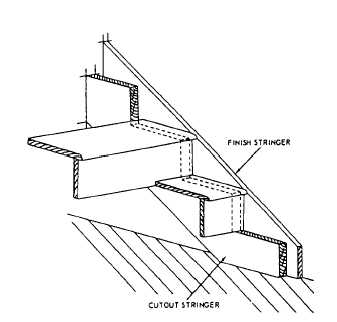Figure 6-18.—Layout of upper end of cutout stringer.
thickness of a tread less the thickness of the finish
flooring. The first is done if the stringer rests on a finish
floor, such as a concrete basement floor. The second is
done where the stringer rests on subflooring.
Figure 6-19.—Kickplate for anchoring stairs to concrete.
When you have shortened AD to AE, draw EF
parallel to AB. This line represents the bottom horizontal
anchor edge of the stringer. Then, proceed to lay off the
remaining risers and treads to the unit rise and unit
run until you have laid off 15 risers and 15 treads.
Figure 6-18 shows the layout at the upper end of the
stringer. The line AB represents the top, the 15th tread.
BC, drawn perpendicular to AB, represents the upper
vertical anchor edge of the stringer. This edge butts
against the stairwell header.
In a given run of stairs, be sure to make all the risers
the same height and treads the same width. An unequal
riser, especially one that is too high, is dangerous.
STAIRWAY CONSTRUCTION
Figure 6-20.—Finish stringer.
We have been dealing with a common straight-flight
stairway—meaning one which follows the same
direction throughout. When floor space is not extensive
enough to permit construction of a straight-flight
stairway, a change stairway is installed-meaning one
which changes direction one or more times. The most
common types of these are a 90° change and a 180°
change. These are usually platform stairways,
successive straight-flight lengths, connecting platforms
at which the direction changes 90° or doubles back 180°.
Such a stairway is laid out simply as a succession of
straight-flight stairways.
The stairs in a structure are broadly divided into
principal stairs and service stairs. Service stairs are
porch, basement, and attic stairs. Some of these maybe
simple cleat stairways; others may be open-riser
stairways. An open-riser stairway has treads anchored
on cutout stringers or stair-block stringers, but no risers.
The lower ends of the stringers on porch, basement, and
other stairs anchored on concrete are fastened with a
kickplate (shown in fig. 6-19).
When dealing with stairs, it is vitally important to
remember the allowable head room. Head room is
defined as the minimum vertical clearance required
from any tread on the stairway to any part of the ceiling
structure above the stairway. In most areas, the local
building codes specify a height of 6 feet 8 inches for
main stairs, and 6 feet 4 inches for basement stairs.
A principal stairway usually has a finished
appearance. Rough cutout stringers are concealed by
6-14





